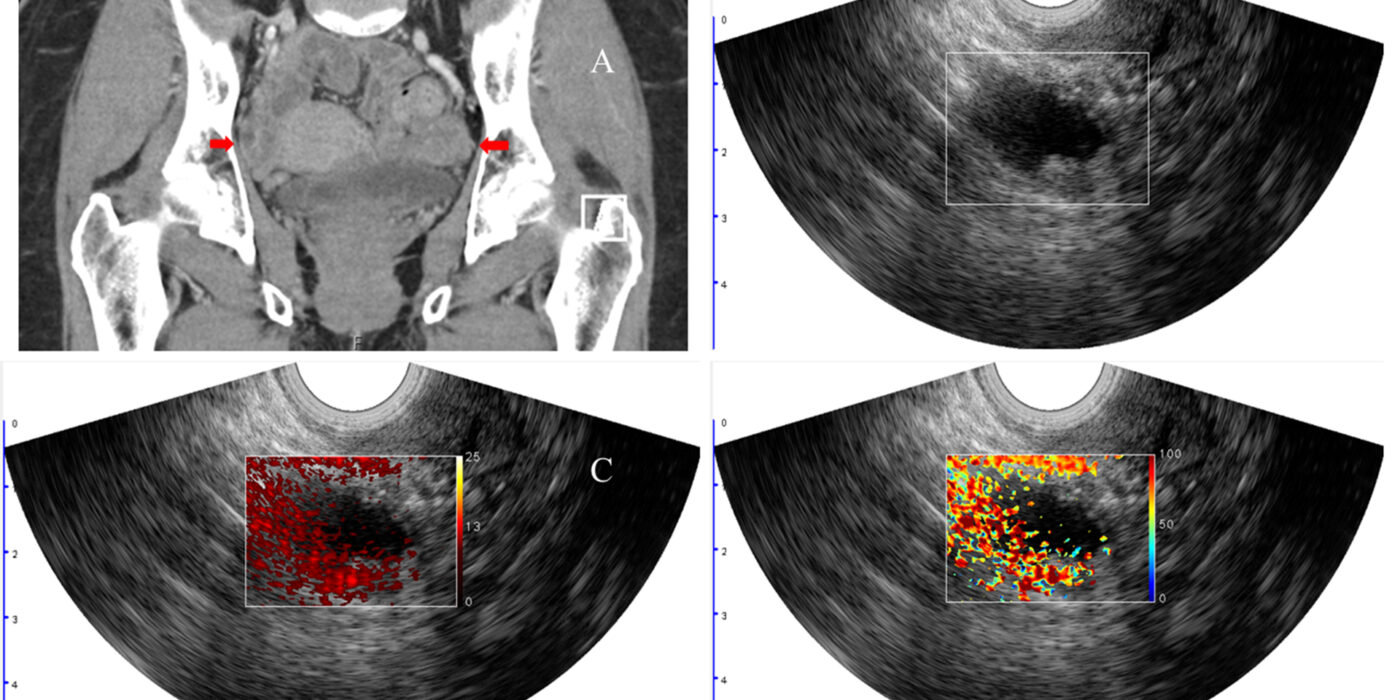2023-12-06 ワシントン大学セントルイス校
◆外科用グルーなど、内部バイオメディカルアプリケーション向けに設計されたこれらのバイオグルーは、手術の結果を最適化する可能性があります。研究はACS Applied Materials & Interfaces誌に発表されました。
<関連情報>
- https://source.wustl.edu/2023/12/engineering-customizable-bio-adhesives-for-personalized-medical-repair/
- https://pubs.acs.org/doi/10.1021/acsami.3c12919
遺伝子組み換えタンパク質ベースのバイオ接着剤がプログラム可能な材料特性を持つ Genetically Engineered Protein-Based Bioadhesives with Programmable Material Properties
Juya Jeon, Kok Zhi Lee, Xiaolu Zhang, John Jaeger, Eugene Kim, Jingyao Li, Larisa Belaygorod, Batool Arif, Guy M. Genin, Marcus B. Foston, Mohamed A. Zayed, and Fuzhong Zhang
ACS Applied Materials & Interfaces Published:December 1, 2023
DOI:https://doi.org/10.1021/acsami.3c12919
Abstract

Silk-amyloid-mussel foot protein (SAM) hydrogels made from recombinant fusion proteins containing β-amyloid peptide, spider silk domain, and mussel foot protein (Mfp) are attractive bioadhesives as they display a unique combination of tunability, biocompatibility, bioabsorbability, strong cohesion, and underwater adhesion to a wide range of biological surfaces. To design tunable SAM hydrogels for tailored surgical repair applications, an understanding of the relationships between protein sequence and hydrogel properties is imperative. Here, we fabricated SAM hydrogels using fusion proteins of varying lengths of silk-amyloid repeats and Mfps to characterize their structure and properties. We found that increasing silk-amyloid repeats enhanced the hydrogel’s β-sheet content (r = 0.74), leading to higher cohesive strength and toughness. Additionally, increasing the Mfp length beyond the half-length of the full Mfp sequence (1/2 Mfp) decreased the β-sheet content (r = -0.47), but increased hydrogel surface adhesion. Among different variants, the hydrogel made of 16xKLV-2Mfp displayed a high ultimate strength of 3.0 ± 0.3 MPa, an ultimate strain of 664 ± 119%, and an attractive underwater adhesivity of 416 ± 20 kPa to porcine skin. Collectively, the sequence-structure–property relationships learned from this study will be useful to guide the design of future protein adhesives with tunable characteristics for tailored surgical applications.


